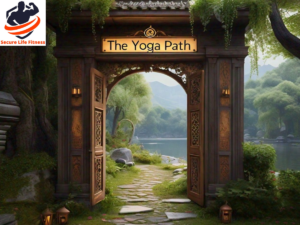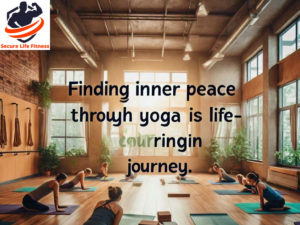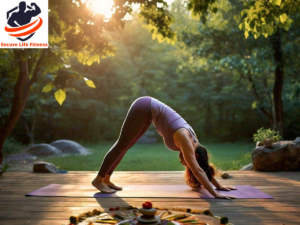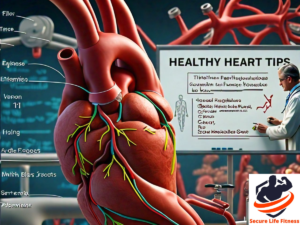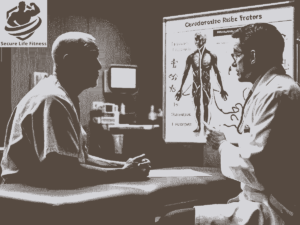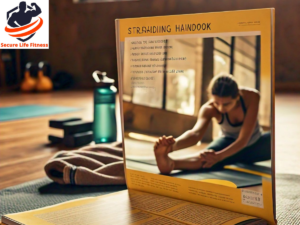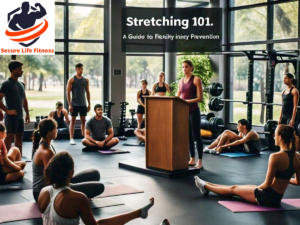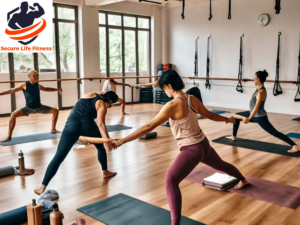Table of Contents
ToggleStretch and Soothe:
In our fast-paced lives, it’s easy to overlook the importance of flexibility and relaxation. Stretching, often neglected in favor of more intense workouts, plays a crucial role in maintaining overall health and well-being. This guide will delve into the myriad benefits of stretching, various techniques, and specific routines to help you incorporate stretching into your daily regimen. Whether you are a seasoned athlete or a beginner, this comprehensive guide will provide you with the knowledge and tools to stretch and soothe your body effectively called Stretch and Soothe.
Chapter 1: Understanding the Importance of Stretching
1.1 The Science Behind Stretching
Stretching involves elongating muscles and tendons to improve elasticity and muscle control. It enhances the range of motion, reduces muscle tension, and prepares the body for physical activity. Scientific studies have shown that regular stretching can prevent injuries, alleviate muscle soreness, and improve posture.
1.2 Benefits of Regular Stretching
Improved Flexibility: Stretch and Soothe increases muscle length and joint range of motion.
Enhanced Circulation: It promotes blood flow to the muscles, aiding in faster recovery and healing.
Better Posture: Stretching strengthens muscles that support proper alignment.
Reduced Stress: It can have a calming effect, reducing stress and anxiety levels.
Pain Relief: Regular stretching can alleviate chronic pain, particularly in the lower back.
1.3 Common Misconceptions About Stretching
Many believe that stretching should only be done before workouts, but post-exercise stretching is equally crucial. Another myth is that stretching is only necessary for athletes; in reality, everyone can benefit from regular stretching, regardless of their activity level.
Chapter 2: Types of Stretching Techniques
2.1 Static Stretching
Static stretching involves holding a stretch in a challenging but comfortable position for a period, typically 15 to 60 seconds. This type of stretching is effective for improving flexibility and cooling down after workouts.
Example: Hamstring stretch – Sit on the floor with one leg extended and the other bent. Reach forward towards the toes of the extended leg.
2.2 Dynamic Stretching
Dynamic stretching incorporates movement and muscular effort for the stretch to occur. It’s ideal for warming up as it prepares the muscles and joints for physical activity.
Example: Leg swings – Stand on one leg and swing the other leg forward and backward.
2.3 Ballistic Stretching
Ballistic stretching aims to push a moving body or limb outside of its usual range of motion by using its momentum. This technique is generally not recommended for the average person due to the risk of injury.
Example: Bouncing toe touches – Repeatedly reaching down to touch your toes and bouncing back up.
2.4 Proprioceptive Neuromuscular Facilitation (PNF)
PNF stretching involves both stretching and contracting the muscle group being targeted. It’s one of the most effective forms of flexibility training for increasing range of motion.
Example: Hamstring PNF stretch – Lying on your back, a partner helps lift your leg into a stretch, you contract the muscle against the resistance, and then relax into a deeper stretch.
2.5 Active Stretching
Active stretching involves holding a position with only the strength of your muscles. It enhances muscle strength and flexibility simultaneously.
Example: Holding your leg outstretched in front of you without any support.
2.6 Passive Stretching
In passive stretching, you use an external force such as a partner or gravity to stretch your muscles.
Example: Using a strap to stretch your hamstrings while lying on your back.
Chapter 3: Creating a Stretching Routine
3.1 Assessing Your Needs
Determine your goals: Are you stretching to improve flexibility, recover from workouts, or reduce stress? Your goals will dictate the types of stretch and Soothe you incorporate.
3.2 General Guidelines for Stretching
Warm Up First: Always warm up with light activity before stretching. Consistency: Stretch regularly for best results. Duration: Hold each stretch for at least 15-30 seconds. Breathing: Breathe deeply and naturally while stretching. No Pain: Stretch to the point of tension, not pain.
3.3 Sample Stretching Routines
Morning Stretch Routine (15 minutes)
Neck Rolls – 1 minute
Shoulder Stretch – 2 minutes (1 minute each side)
Cat-Cow Stretch – 2 minutes
Standing Quad Stretch – 2 minutes (1 minute each leg)
Hamstring Stretch – 2 minutes (1 minute each leg)
Calf Stretch – 2 minutes (1 minute each leg)
Seated Forward Bend – 2 minutes
Child’s Pose – 2 minutes
Post-Workout Stretch Routine (10 minutes)
Dynamic Leg Swings – 1 minute (30 seconds each leg)
Triceps Stretch – 1 minute (30 seconds each arm)
Chest Stretch – 1 minute
Hip Flexor Stretch – 2 minutes (1 minute each side)
Glute Stretch – 2 minutes (1 minute each side)
Back Stretch – 1 minute
Cool Down Breathing – 2 minutes
Evening Relaxation Stretch Routine (20 minutes)
Deep Breathing – 2 minutes
Neck and Shoulder Rolls – 2 minutes
Spinal Twist – 4 minutes (2 minutes each side)
Butterfly Stretch – 3 minutes
Seated Forward Bend – 3 minutes
Supine Twist – 4 minutes (2 minutes each side)
Corpse Pose – 2 minutes
Chapter 4: Stretching for Different Age Groups
4.1 Children and Teenagers
Children and teenagers are generally more flexible than adults. Encourage regular stretching to support their physical activities and prevent injuries. Focus on dynamic stretches before sports and static stretches after.
Example Routine:
Dynamic Arm Circles – 1 minute
Leg Swings – 1 minute
Hip Circles – 1 minute
Forward Fold – 1 minute
4.2 Adults
As we age, maintaining flexibility becomes increasingly important. Adults should incorporate a mix of dynamic and static stretching into their routines to support daily activities and workouts.
Example Routine:
Neck Stretch – 1 minute
Shoulder Stretch – 1 minute
Hamstring Stretch – 1 minute
Calf Stretch – 1 minute
4.3 Seniors
For seniors, stretching can help maintain mobility, balance, and reduce the risk of falls. Focus on gentle, slow stretches and avoid any that cause discomfort.
Example Routine:
Seated Neck Stretch – 1 minute
Seated Shoulder Stretch – 1 minute
Seated Hamstring Stretch – 1 minute
Seated Ankle Circles – 1 minute
Open this Link : Tap to here





